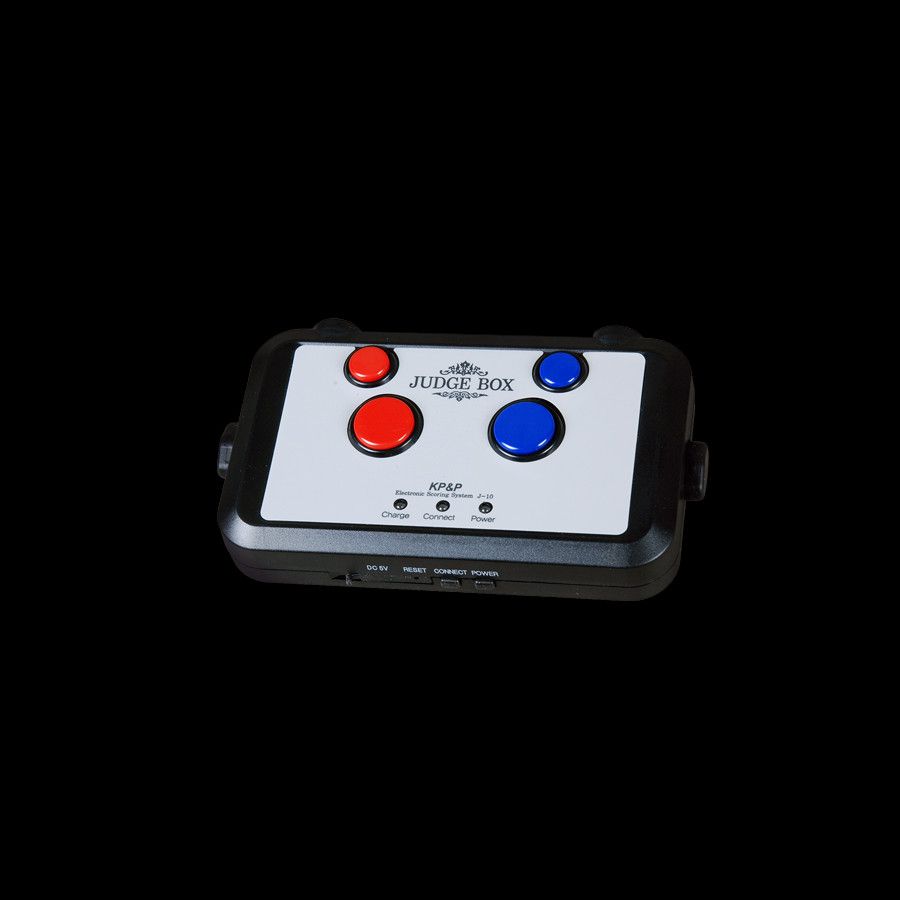_Simon_
Senior Master
I've never never understood this about fights... to me it's just too risky, you sooo do not want to be dehydrated for your fight, and focusing so much on limiting carbs and water so close to your fight just to make your weight just makes no sense to me...Gaining 10-15 pounds in a day is common for combat sports. For example, in the UFC 135 pound weight class, the fighters will probably be in the 145-150 pound range. They just cut weight and dehydrate themselves for the weigh-in and then rehydrate during the day before the fight.
Obviously they have to make the weight, but I just reckon these drastic steps would just decrease their performance surely? Of course it depends on how close to the fight it is, and carb-deloading/loading has been shown to work when done right..
But nevertheless it confuses me tis all

